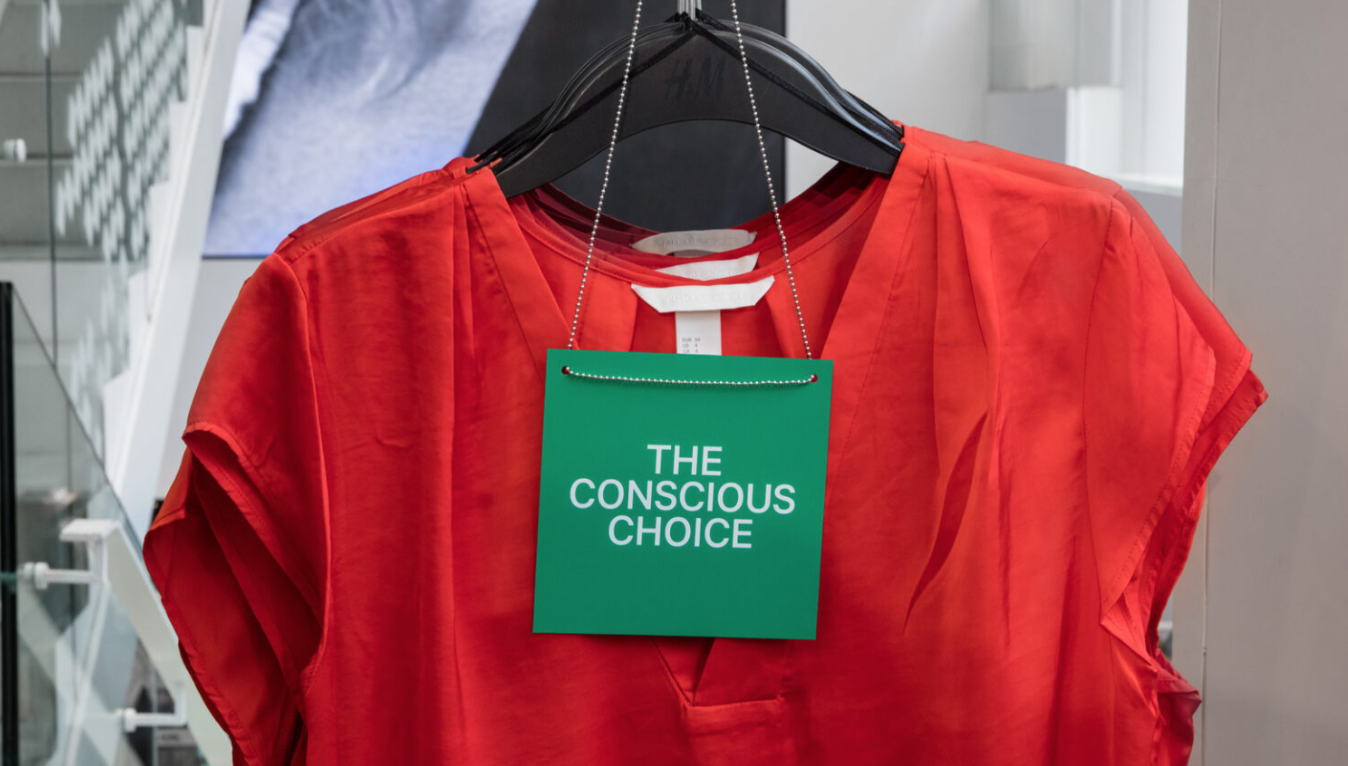Greenwash = hogwash!
It’s proven that citizens want to be able to choose better, more responsible products and packaging when shopping. In response, businesses and retailers splash marketing messaging across their packaging to highlight the environmental credibility of their products in an effort to persuade the customer to buy more.
So does that mean that shops and supermarket shelves are overflowing with packaging and products that have a low or no impact on the environment and society? Well, sadly not… And so we find ourselves in a murky world of false claims, false solutions and false advertising, all of which are rife in promoting a huge range of products and services including clothes, bread, shampoo, banking… even petrol.
Time is so limited in our busy lives that we rely on packaging to help us make our choices. Most of us won’t have the time to stand in the aisles Googling “what happens to Warburton’s bread packaging when I throw it away?”. Instead we put our trust in the brands and producers, that if the packaging is labelled “100% Recyclable”, then it must be so. In fact, in a recent study by Deloitte, 65% of adults in the UK believe that the use of recycled or repurposed resources or materials makes a product or service ‘sustainable’.
There is a name for the practice of marketing a product or a brand as being ‘greener’ or more environmentally-friendly than it really is – greenwashing. Greenwashing is when companies make a product look healthy, ecological and/or safe without evidence, authenticity or certification.
Such is the extent of greenwashing in the UK that in 2022, the government announced new guidance on making green claims and that the Competitions & Markets Authority would be cracking down on misleading environmental declarations.
Examples of greenwashing:
Sainsbury’s removed the hard plastic (widely collected for recycling) tray from their minced beef and replaced it with a soft plastic (not widely collected for recycling) recyclable vacuum pack. The move was much ridiculed as not only was it a blatant greenwashing tactic, but shoppers found the minced beef quite unappealing.
In 2021, the Changing Markets Foundation found that 60% of green claims made by high-street fashion chains were misleading. Which is pretty bad, but not compared to the 96% of claims made by H&M that were determined to be untrue, tricking millions of customers into buying products they thought were more responsibly produced.
How to avoid greenwashing:
Buzz words
Keep an eye out for these ambiguous buzz-words:
🐝 Eco-friendly = There are no rules that require companies to prove something is beneficial to the environment so this term is often exploited.
🐝 Natural = This term isn’t regulated and does not guarantee that it's better for the environment or healthier. What does it actually mean?!
🐝 Chemical-free = Everything is a chemical, but not all are bad, so check out the ingredient list. If you can’t pronounce it, it’s probably best to avoid it.
🐝 Biodegradable = This claim can be misleading if the product only biodegrades under specific conditions that usually don't exist in a landfill. Biodegradable packaging is also unlikely to be home compostable and can cause issues if put into the recycling.
🐝 100% recyclable! = Soft, flexible plastic is very hard to recycle, as there is little infrastructure to do so in the UK. If a bread bag says so, exercise your sceptical side.
🐝 Carbon neutral = This doesn’t mean that the brand doesn't produce any emissions. Instead, it means that the company has ‘offset’ its emissions by investing in projects which supposedly absorb an equal amount of greenhouse gases from the atmosphere. Currently it is very hard to prove a product is carbon neutral.
🐝 Green = This phrase is vague and misleading, as it lacks any specific details about the product's sustainability.
Certifications
Look for a certification mark from a recognised, independent third party, specialising in green claims (such as@FairTradeUK, @SoilAssociation, @BCorpUK, @LeapingBunnyProgram). This can be tricky for small and upcoming businesses, as the process of getting certified is usually quite expensive.
Visuals
Don’t be misled by beautiful imagery or earth-friendly colours on packaging.
’Sustainable’ lines
Look out for companies that have conscious or sustainable lines: this is effectively admitting that the rest of their products are not!
What can we do to combat greenwashing?
Get informed: We first need to learn to spot deceptive claims, by looking out for common buzzwords or tactics. Check out our blog for more help.
Do research: Before buying from a company, probe into their sustainability policies. Look for transparent, verifiable information about their environmental practices. If they're not clear, then ask questions - pop them an email, ask in store, or check out Ethical Consumer.
Support good brands: Vote with your wallet and choose brands that have a proven track record of sustainability. Keep an eye out for genuine third-party certifications (but be aware that this can be tricky for small businesses, as the process of getting certified can be expensive).
Speak out: When you see examples of greenwashing, call them out. Hold brands accountable for their environmental claims by sharing your concerns with the company, taking to social media asking for evidence or writing reviews.
Share your knowledge: Talk with you friends and family about greenwashing, so they can make informed choices too.
Greenwashing is a misleading marketing tactic that undermines genuine efforts to protect the environment. By arming yourself with knowledge, scrutinising claims and supporting companies committed to sustainability, you can combat greenwashing and make more informed, truly planet-friendly choices.




